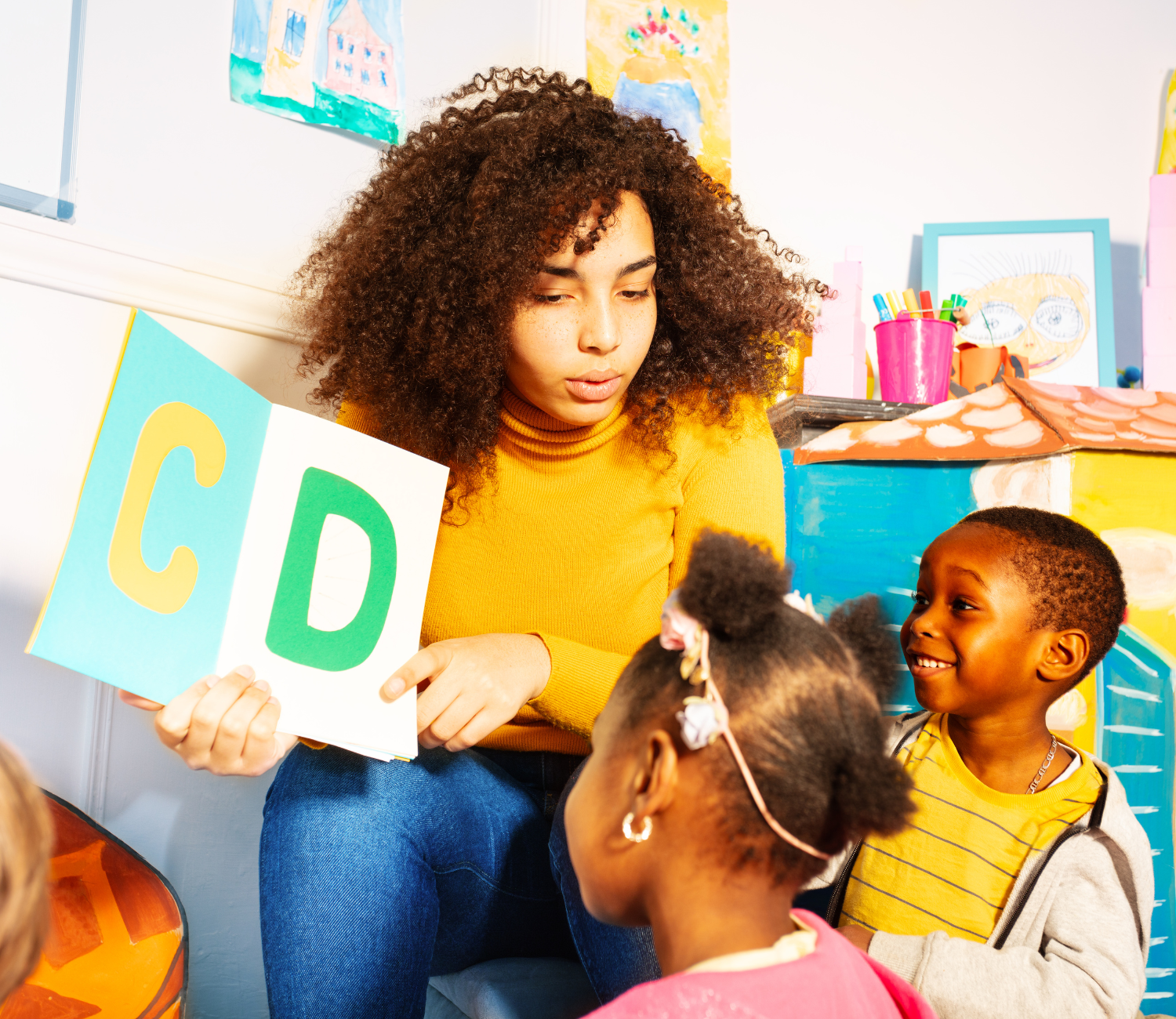Hello everybody! I’m back to share about stage 3 of GLP. First, to review:
- Stage 1 consists of “delayed echolalia.” Delayed echolalia, also known as scripting or using gestalts, is the repetition of a message that was previously heard either from a song, movie, or another person. These gestalts are exact repetitions of the original messages
- Stage 2 consists of mitigating or combining existing gestalts.
What is Stage 3 of Gestalt Language Processing?
A child is ready to progress to stage 3 of GLP when he/she is starting to use single words isolated from mitigations. The child will start to combine a single word with a single word, rather than one gestalt phrase. This stage is similar to the 2-word stage for analytic language development.
For example, the one-word gestalt “go” can be used in the following ways:
- “Go”
- “Go home”
- “Igo”
- “Car go”
The 4-word gestalt “Here comes the train” can be used in the following ways:
- “Come on train”
- “It coming”
- “Here train comes”
Phrases in stage 3 may not contain appropriate grammar or even correct word order, and that’s okay. Stage 3 is when the child starts to reference an object to a single word. The child most likely will not point to reference until this stage. Stage 3 is important because we want the child to be able to isolate words so he/she can be successful in generating his/her own original language in stages 4-6.
If my child is communicating in Stage 3 how can I best support him/her?
- Stage 3 is the first time we are not modeling gestalts. The focus of this stage is to point and reference nouns in the child’s natural environment. Similar to all of the other stages, we want play to be child-led. However, you can also start to engage the child in more structured play, such as playing a memory game.
- Identify the words that the child has isolated from previous mitigations. Listen to what the child is saying and then add your own 2-word combinations. Focus on referencing what you can see with your eyes, and make combinations based on nouns, attributes and locations.
- Be careful not to push grammar too soon. If the child is not ready, he/she may go backwards and use more familiar gestalts and mitigations.
Stay tuned for the next post in which we will discuss stages 4-6!
-Melissa-

